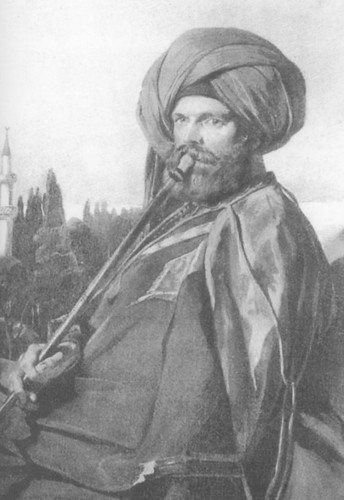Lowell200: Founders Part 3

John Lowell Jr. – The eldest child of Francis Cabot Lowell, John Lowell Jr. moved to Lowell in 1825 where he became one of the principal shareholders of the Hamilton Manufacturing Company and led the effort to annex the Tewksbury neighborhood of Belvidere to Lowell. Tragedy struck in 1830 John Lowell’s wife and two young daughters died of scarlet fever. Broken-hearted, Lowell liquidated his mill holdings and followed his childhood dream of retracing Marco Polo’s overland route to China. Accompanied by Swiss artist Charles Gabriel Gleyre who produced this painting of Lowell in Cairo, John Lowell Jr. died in Bombay on March 4, 1836. In his will, he bequeathed the enormous sum of $250,000 to establish the world famous Lowell Institute in Boston.

John Amory Lowell – The nephew and son-in-law of Francis Cabot Lowell, John Amory Lowell (1798-1881) was the most prominent of the second generation of the Lowell family in cotton textile manufacturing. In 1835, he joined Abbott Lawrence and Nathan Appleton as the primary shareholders of the Boott Cotton Mill and served as the treasurer of that facility. He was also the first trustee of the Lowell Institute which brought esteemed academics to lecture in Boston. (Courtesy of IHL.)

William Appleton (1786-1862) worked in a store in New Hampshire before coming to Boston to start a career as a merchant. On the advice of his first cousin, Nathan Appleton, he entered “into the Manufactory business . . . and made considerable money,” as one of the first investors in the Hamilton Mills. In 1829, his estimated worth was $200,000, growing three years later to $330,000.